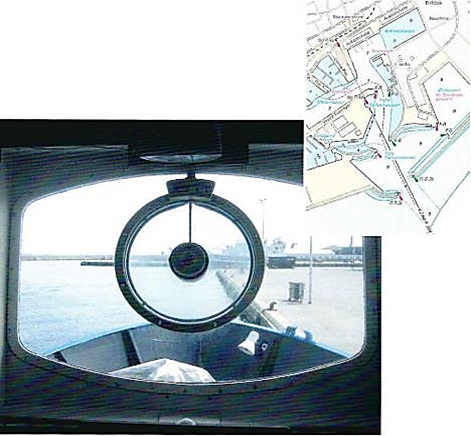The art of the navigator
The art of the navigator
The practise of navigation has been defined in a number of different ways, for example:
Dutton's Navigation and Piloting, 1969
Practical navigation (The Art of the Navigator) consists of the work necessary to solve the following problems:
-
How? Which way?(Passage Planning)
-
Where am I? (Determination of the ships position)
-
Which direction shall I steer? (Shaping the course)
-
How do I know that things are as I believe them to be? (Situational Awareness)
Movement at sea can be described by three terms: the starting point, the direction of movement and the The act of navigating is a mixture of art and science. Navigation consists of finding information about the waters under consideration, planning the voyage, managing and using available navigational- instruments and ones own experience in order to ensure that the plan is followed.
The art of navigation requires that the navigator is active and proactive, risk-conscious and capable of using the available resources of information, instruments and crew.
At the start of the voyage and in harbour the position of the vessel is mainly determined by eye
 N.V. Verlag
N.V. Verlag
 +7 (812) 4-673-673
+7 (812) 4-673-673